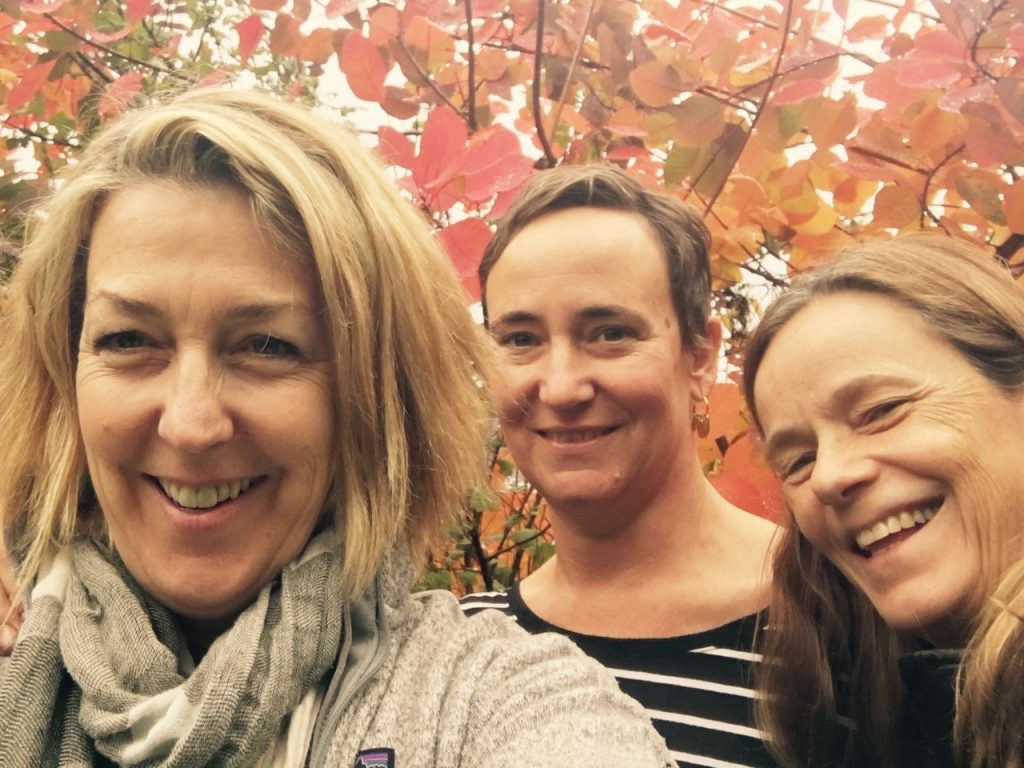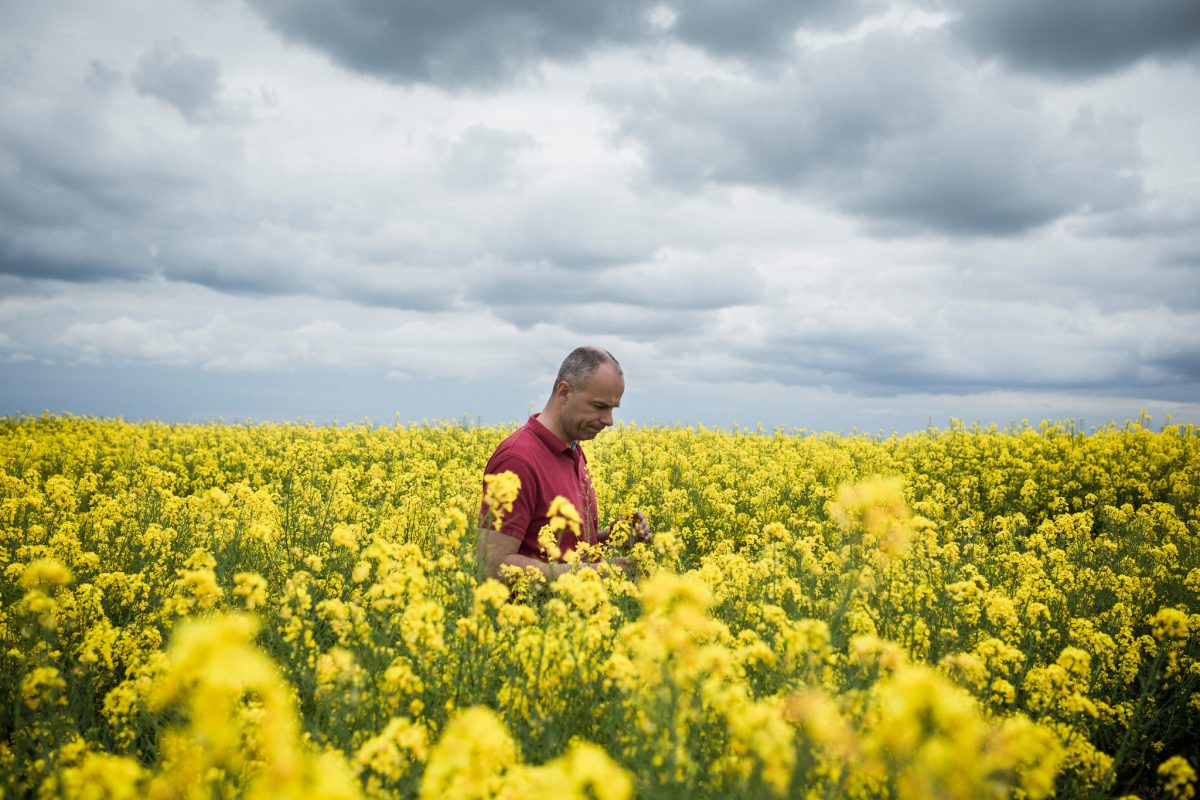Photo credit: Ed Alcock for The New York Times
I awoke on Oct. 30th in Portland, OR, at my friend Piper Davis’s house as we were about to attend a Chefs Collaborative board meeting. Beside me, as I sipped my perfectly roasted coffee, was longtime friend, journalist, and colleague Corie Brown, the former LA Times food and business writer, which is how I met her many moons ago. We were both waking up to the above-the-fold New York Times cover story reconciling the facts with the misperceptions of GMOs in agriculture. It’s title: Doubts About The Promised Bounty of GMOs. We both uttered, “Finally.”
As communicators focused on food, business and agriculture for the past two decades, we both said “finally” because this latest NY Times reporting felt like a refreshing first in the GMO noise since 1994. Decades of health arguments, super weed claims and disclaims, farmer benefits versus destruction of plant diversity — all percolating in public discourse, seasoned with anemic levels of research – on both sides.

As an organic farmer, I have a POV based on protecting diversity in soil, plants and habitat. Still, I’ve often spoken out loud, both in our embattled Boulder County public hearings, and at industry meetings, about the need for more third-party and peer reviewed research, before I can answer most GMO questions other than, “I don’t honestly know.” Ms. Brown, an award-winning journalist and author, and founder of the culinary online delight ZesterDaily.com, approaches such reporting with a neutrality I can never achieve. It’s steely-eyed and scrubbed.
And so we sipped our uber local java in comfort as rain droned on outside.
“Finally, reporting through a business and agricultural lens,’ said Corie. “I’ve been waiting for this and, it is even better reporting than I expected. It uses deep data to show the promises of GMOs are not fulfilled – not on yields nor on pesticide reduction. This is important journalism.” Neither one of us were familiar with Danny Hakim as we heralded his thorough journalistic grist. Turns out Hakim is a London-based Times staff reporter with a business background. His comparison of Europe with North America, and specifically French versus Canadian (Non-GMO flax and GMO flax) production practices, was brilliant, in my opinion. Since the front-page story was published, Hakim has been both heralded and under attack, as is typical of any reporting on GMOs. From the very first 1994 rapid product introduction of the poorly named ‘Flavr Savr’ tomato – a $20 MM high-tech tomato flop – to today’s Round Up Ready claimed successes, GMOs are controversial and inconsistent as a business success specifically for farmers.
And so, I applaud the research and statistically dense NY Times GMO story revealing the false promises to farmers. I also applaud continued deep and long-term research on the impact of GMOs, from soil tilth to impact on human and animal health. You see, I cut my teeth in my career on taking a slow and federally regulated approach to getting organic farming and manufacturing to become federal law. It took 13 years for the Organic Food Production Act of 1990 to be passed by Congress and fulfill its promise by becoming federal law in 2002. That Flavr Savr biotech orb tomato? Made it from UC Davis lab to market in less than a year with relatively no federal oversight. I know it is pluckish, but I continue to advocate that the biotech industry learn from the organic industry this proof positive lesson in building trust in a new label: it takes time and non-corporate funded research. I believe the GMO train pulled out and blew through the station much too swiftly for farmer and public trust to be secured.
Thank you Danny Hakim. I look forward to your continued reporting on the subject. May we all ‘finally’ learn real truths about GMOs and farm and farmer impacts.
— Sylvia R. Tawse, FIG Founder & Chief Fresh Officer
We want to hear from you – let us know what you think about GMOs in the comments section below.


